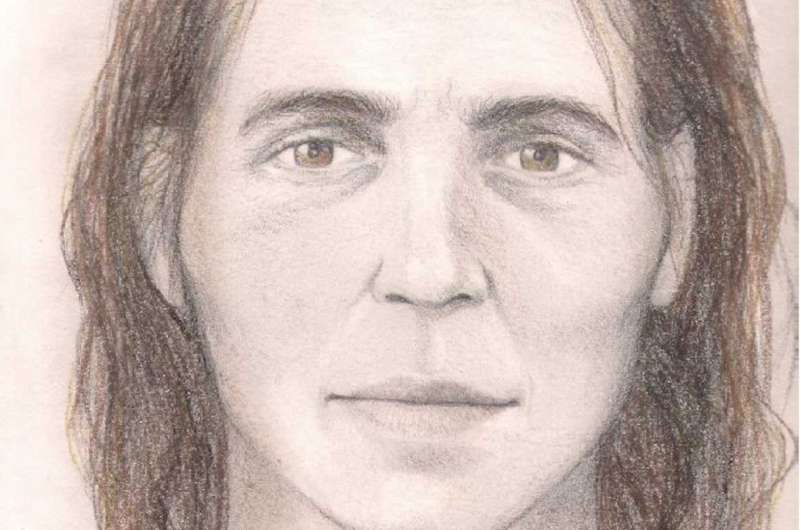Ancient DNA evidence shows hunter-gatherers and farmers were intimately linked

In human history, the transition from hunting and gathering to farming is a significant one. As such, hunter-gatherers and farmers are usually thought about as two entirely different sets of people. But researchers reporting new ancient DNA evidence in Current Biology on May 25 show that in the area we now recognize as Romania, at least, hunter-gatherers and farmers were living side by side, intermixing with each other, and having children.
"We expected some level of mixing between farmers and hunter-gatherers, given the archaeological evidence for contact among these communities," says Michael Hofreiter of University of Potsdam in Germany. "However, we were fascinated by the high levels of integration between the two communities as reconstructed from our ancient DNA data."
The findings add evidence to a longstanding debate about how the Neolithic transition, when people gave up hunting and gathering for farming, actually occurred, the researchers say. In those debates, the question has often been about whether the movement of people or the movement of ideas drove the transition.
Earlier evidence suggested that the Neolithic transition in Western Europe occurred mostly through the movement of people, whereas cultural diffusion played a larger role to the east, in Latvia and Ukraine. The researchers in the new study were interested in Romania because it lies between these two areas, presenting some of the most compelling archaeological evidence for contact between incoming farmers and local hunter-gatherers.
Indeed, the new findings show that the relationship between hunter-gatherers and farmers in the Danube basin can be more nuanced and complex. The movement of people and the spread of culture aren't mutually exclusive ideas, the researchers say, "but merely the ends of a continuum."

The researchers came to this conclusion after recovering four ancient human genomes from Romania spanning a time transect between 8.8 thousand and 5.4 thousand years ago. The researchers also analyzed two Mesolithic (hunter-gatherer) genomes from Spain to provide further context.
The DNA revealed that the Romanian genomes from thousands of years ago had significant ancestry from Western hunter-gatherers. However, they also had a lesser but still sizeable contribution from Anatolian farmers, suggesting multiple admixture events between hunter-gatherers and farmers. An analysis of the bones also showed they ate a varied diet, with a combination of terrestrial and aquatic sources.
"Our study shows that such contacts between hunter-gatherers and farmers went beyond the exchange of food and artefacts," Hofreiter says. "As data from different regions accumulate, we see a gradient across Europe, with increasing mixing of hunter-gatherers and farmers as we go east and north. Whilst we still do not know the drivers of this gradient, we can speculate that, as farmers encountered more challenging climatic conditions, they started interacting more with local hunter-gatherers. These increased contacts, which are also evident in the archaeological record, led to genetic mixing, implying a high level of integration between very different people."
The findings are a reminder that the relationships within and among people in different places and at different times aren't simple. It's often said that farmers moved in and outcompeted hunter-gatherers with little interaction between the two. But the truth is surely much richer and more varied than that. In some places, as the new evidence shows, incoming farmers and local hunter-gatherers interacted and mixed to a great extent. They lived together, despite large cultural differences.
Understanding the reasons for why the interactions between these different people led to such varied outcomes, Hofreiter says, is the next big step. The researchers say they now hope to use ancient DNA evidence to add more chapters to the story as they explore the Neolithic transition as it occurred in other parts of the world, outside of Europe.
More information: Current Biology, Gonzalez-Fortes and Jones et al.: "Paleogenomic Evidence for Multi-generational Mixing between Neolithic Farmers and Mesolithic Hunter-Gatherers in the Lower Danube Basin" www.cell.com/current-biology/f … 0960-9822(17)30559-6 , DOI: 10.1016/j.cub.2017.05.023
Journal information: Current Biology
Provided by Cell Press



















